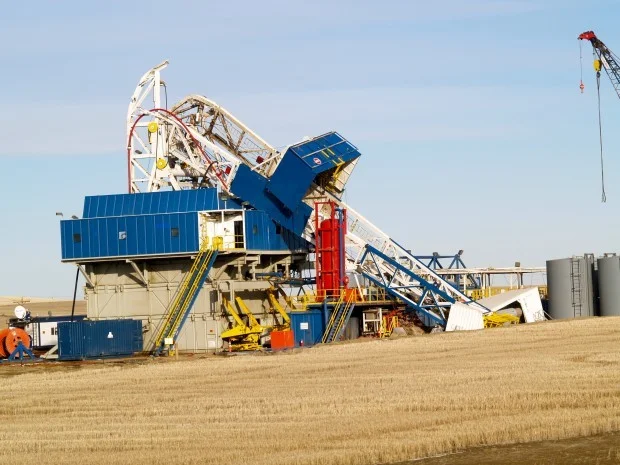How Do Manufacturers Specify the Depth Capacity of Their Drill Rigs?
By Colin Rice · Colin Rice Exploration and Training (Pty) Ltd. · www.colinrice.co.za
In previous articles we discussed some legal aspects of hoisting operations and we posed the question "Does your drill rig comply with legal requirements?" In this article I would like to examine this question in more detail.
This is the first article of our Technical Series on Drill Rig Capacity. Click here for an outline of the entire Drill Rig Capacity Series.
How are drill rigs “rated”?
All reputable drill rig manufacturers provide detailed specifications for their drills and the specification that is often of most interest to a contractor is the depth capacity of the drill. This will be one of his primary concerns, i.e. how deep can he drill with the rig.
The mining company should also interested in the depth capacity of the drill rig because mining and exploration companies have a responsibility to ensure that the drill rigs working on their projects can drill to the depths required safely and legally.
All manufacturers quote a "pullback capacity", i.e. the maximum load that the drill rig can lift, and so the contractor will get an idea of the depth capacity of the drill from this figure. Some manufacturers also quote "recommended depth capacities" and so interpreting these numbers can be confusing. What is important is that often the depth capacity specified by the manufacturer is not the same as the "legal" depth capacity, in this series of articles I will examine this very important issue.
How do drill rigs pull and lower drill rods?
The depth capacity of a drill refers to its ability to safely pull and lower drill rods and casing. Different types of drill rig trip drill rods in different ways and it is important that we have a very clear understanding of the differences in these methods of tripping.
eAll drill rigs commonly used in mining or exploration projects are of two types; they are either a top drive type or a hydraulic longstroke type drill and each of these types of drill pulls and lowers drill rods in different ways.
Top drive drills
These drills have a rotation head that is connected to a main pullback cylinder either by steel wire ropes or chains. The drillstring screws directly into the output shaft of the rotation head and as the piston of the main hydraulic cylinder/s is actuated, the wire ropes or chains transfer either push or pull forces to the rotation head and so either push the drillstring into the borehole or pull it out of the borehole. Top drive drills can therefore only trip drill rods in one way - using the main hydraulic feed cylinder and so manufacturers typically quote the pullback capacity in terms of the lifting force of the main hydraulic cylinder.
Top drive drills are typically used to drill using rotary, rotary percussion or dual-tube reverse circulation techniques and so the make up of the drillstring (bottom-hole assembly) will vary enormously, the theoretical maximum depth capacity of the drill can then be determined using the mass of the components of the bottom-hole assembly.
Hydraulic longstroke drills
These drills are used exclusively for diamond core drilling and have a rotation head with a hollow spindle and a rod clamp or rod holder mounted to the base of the feed frame (mast). These drills are able to trip drill rods in two ways:
Using the main feed cylinder - The rotation head is directly connected to the main feed cylinder and so actuation of the cylinder leads to direct movement of the rotation head and so push and pull forces can be applied to the drillstring.
Using a hoist and wire rope - Most manufacturers of these drills also fit a hoist that is also used for tripping the drillstring. The capacity of the hoist and the diameter of wire rope fitted to the hoist varies from manufacturer to manufacturer and between different models of drill.
Manufacturers provide three specifications; the "pullback capacity", the hoist pull capacity and the recommended depth capacity in terms of a range of standard wireline drill rod sizes. Unfortunately, if you do a simple calculation, you find that these three specifications tell you different things - the pullback capacity is far greater than the hoist pull capacity and neither relate to the recommended depth capacities by rod size. The actual depth capacity of the drill is therefore not clear and more importantly, the legal depth capacity of the drill is not clear.
As a result, hydraulic long stroke drills are frequently used way beyond their "legal" limit and this exposes both the contractor and the mining company.
The next article in this series focusses specifically on the hoisting capacity of some popular hydraulic long stroke drills and future articles will discuss the depth capacities of some common top drive drills.




This article aims to clarify some of the calculations that were published in our articles on the pullback capacity of top drive drill rigs and clear up any misunderstanding, particularly around the Schramm TX 130 drill rig.